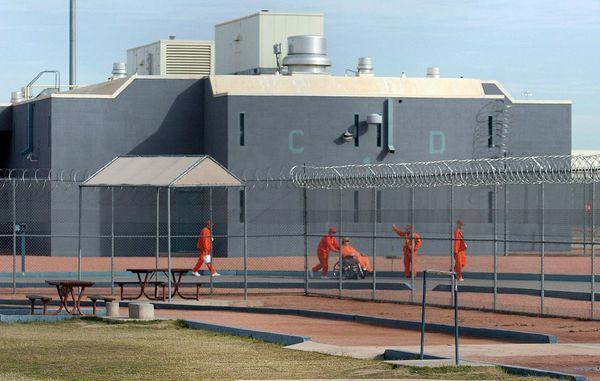Finance Minister Nirmala Sitharaman’s Budget announcement that the Government proposes to conduct the “required spectrum auctions” in 2022 to facilitate the roll-out of 5G mobile phone services in fiscal 2022-23 has understandably triggered speculation including about the feasibility of the timeline. The Government’s keenness to expedite the roll-out was framed by Ms. Sitharaman as being propelled by an appreciation of the latest generation telecommunication technology’s ability to serve as an enabler of economic growth and job creation. Commenting on the Budget announcement, Communications Minister Ashwini Vaishnaw said TRAI was expected to submit its recommendations on the spectrum to be set aside for 5G by March, adding that the auction for the airwaves would be held soon after. While last week’s flurry of announcements have raised the possibility that the next auction of telecom spectrum may be held within the next few months, there is little clarity on the approach the Government plans to take with regard to the crucial issues surrounding the introduction of 5G services. Foremost are questions around the particular frequencies the regulator is likely to recommend, the Government’s plans on pricing the spectrum, and most crucially, the very viability of the new technology, both for the telecom companies and the economy as a whole. With the financially stressed private telecom service provider industry now reduced to a near duopoly, as Vodafone Idea continues to bleed losses and subscribers and even plans to convert some of its outstanding interest dues to the DoT into an equity stake that will make the Union government the largest shareholder, the sector’s appetite for the highly capital intensive 5G technology is unlikely to be substantial at the moment.
That 5G represents an exponential leap in technology is beyond doubt. However, most countries that have commercialised 5G so far largely find the technology still predominantly deployed as an upgraded replacement for 4G in terms of end use, with the industrial and public utility applications envisaged still at least a few years away. Also, for the new technology to work at its optimum potential the Government would need to not only offer the key operational frequencies including the below 1 GHz, the C-Band frequencies around 3.5 GHz, and the higher 26 GHz but also crucially enable the transport or backhaul of signals between the base stations and telecom operator’s core network by offering no- to low-cost E-Band airwaves. With the COVID-19 pandemic having shown up the existing mobile networks’ inadequacies in terms of reach, especially in enabling the delivery of education to remote and rural students, it may make the most sense to delay the introduction of 5G until policymakers are sure its economic payoff will outweigh the high cost.







